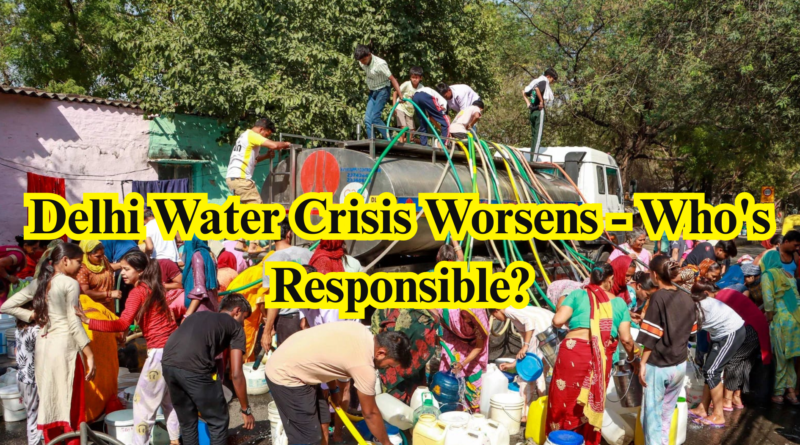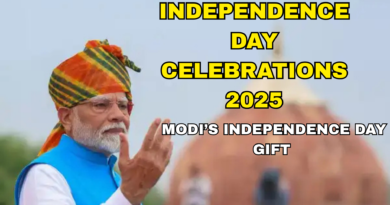Delhi Water Crisis Worsens – Who’s Responsible?
The national capital is once again in the grip of a severe water crisis. With taps running dry in many areas and residents queuing up at tankers, the issue has reached a critical point. From south Delhi to east and outer regions, people are facing water shortages on a daily basis. Despite repeated promises and plans from successive governments, the crisis appears to be worsening each summer, raising serious concerns about governance, resource management, and inter-state cooperation.
One of the primary causes of the current crisis is the reduced water supply from neighboring states. Delhi is heavily dependent on the Yamuna River and receives a significant share of water from Haryana. However, in recent weeks, Delhi officials have accused Haryana of withholding the agreed quantity of water. Haryana, on the other hand, claims it is releasing water as per norms and blames Delhi for poor distribution and outdated pipeline infrastructure. This blame game has left citizens suffering while governments continue to argue.
Another major factor is the inefficient water distribution system within Delhi itself. The Delhi Jal Board (DJB), which is responsible for supplying water, has struggled to modernize pipelines and prevent leakages. Reports suggest that over 30% of the water supplied is lost due to leakage and theft. In many areas, illegal water connections and tanker mafias flourish, exploiting the scarcity and profiting from people’s desperation. These deep-rooted problems show that internal mismanagement is as much to blame as external supply issues.
Population pressure and unplanned urbanization have also added to the crisis. Delhi’s ever-growing population, currently over 20 million, has increased the demand for water beyond the city’s capacity. Unauthorized colonies and slums often lack legal water connections, making them completely dependent on tankers. As a result, water becomes a luxury, with the poor bearing the brunt of the shortages, while affluent colonies with private borewells manage to escape the worst.
Climate change and declining rainfall patterns have only worsened the situation. The Yamuna River’s water levels are dipping, and with little monsoon rain in recent weeks, the replenishment of water sources has slowed. Experts warn that unless long-term solutions like rainwater harvesting, groundwater recharge, and desalination plants are adopted, Delhi will continue to face worsening water crises in the years to come.
So, who is responsible? The truth is, responsibility lies with multiple parties the Delhi government, the Central government, neighboring states, and even the public. Political blame games won’t solve the problem. What is needed is a coordinated, long-term strategy that combines better resource management, inter-state cooperation, infrastructure upgrades, and public awareness. Only then can Delhi hope to quench its growing thirst.




